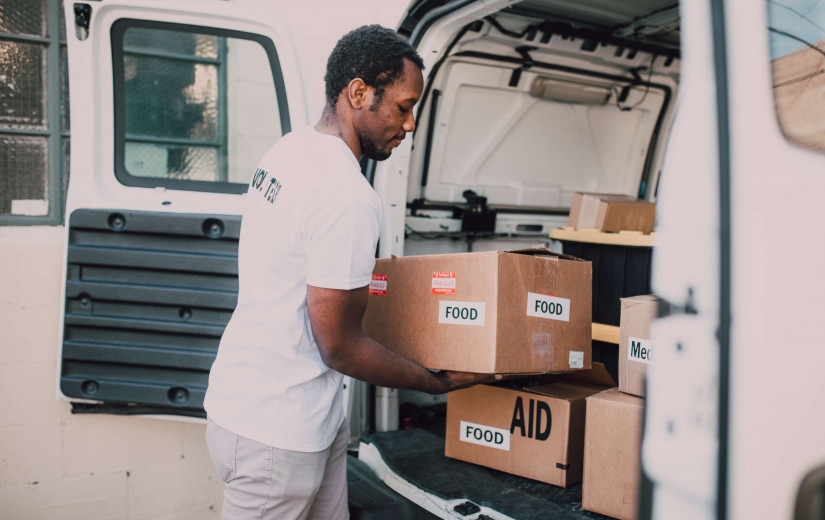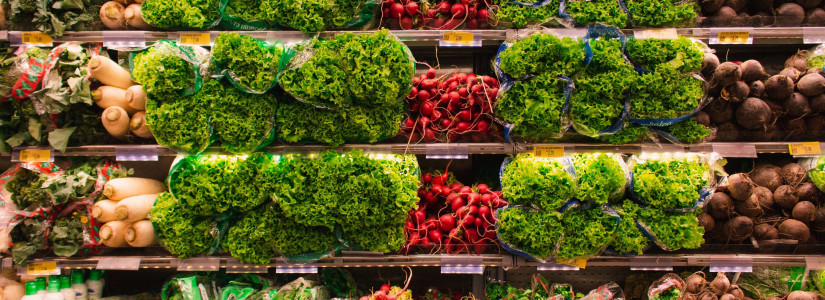Food Stamp Support Programs: Promoting Access to Nutrition for Vulnerable Individuals
Food stamp support programs, also known as Supplemental Nutrition Assistance Programs (SNAP), play a vital role in providing access to nutritious food for individuals and families facing financial hardship. As a key component of the United States social safety net, these programs aim to alleviate food insecurity and improve vulnerable populations' overall health and well-being. This article will explore the significance of food stamp support programs, their impact on communities, and their efforts to enhance their effectiveness.
The Importance of Food Stamp Support Programs
Food stamp support programs serve as a critical lifeline for millions of low-income individuals and families across the nation. According to the United States Department of Agriculture (USDA), SNAP benefits are provided to eligible participants on an Electronic Benefits Transfer (EBT) card, which functions like a debit card for purchasing food items. These benefits can be used at authorized retail food stores, farmers' markets, and online grocery retailers, allowing recipients to access a variety of nutritious foods, including fresh produce, dairy products, grains, and proteins.
One of the primary goals of food stamp support programs is to combat food insecurity, a prevalent issue in the United States. Food insecurity refers to the lack of consistent access to enough food for an active and healthy lifestyle. By assisting those in need, these programs help ensure that individuals and families do not go hungry and have the opportunity to lead healthier lives.
The Impact on Communities
Food stamp support programs have a profound impact on communities, both from a social and economic standpoint. By enabling families to access adequate nutrition, these programs contribute to the overall well-being of community members, fostering healthier populations and reducing the burden of chronic health conditions associated with poor nutrition.
Food stamp benefits inject much-needed resources into the local economy. When recipients spend their SNAP benefits at local grocery stores and farmers' markets, it stimulates economic activity, supporting businesses and creating jobs within the community. This ripple effect of spending helps bolster the economic stability of neighborhoods and contributes to overall community growth.
Food stamp support programs are crucial in addressing childhood hunger. Adequate nutrition is essential for the physical and cognitive development of children. By ensuring that eligible families with children receive food assistance, these programs can help break the cycle of poverty and improve the long-term prospects of the next generation.
Challenges and Improvements
While food stamp support programs have proven effective in addressing food insecurity, they face several challenges that impact their efficacy. One such challenge is reaching eligible individuals who may need to be made aware of or face barriers to accessing these benefits. Outreach and education efforts are essential to ensure that those who qualify for assistance are aware of the available programs and how to apply.
Additionally, the amount of SNAP benefits provided to recipients is subject to budgetary constraints and may not always align with the true cost of a nutritious diet. Many advocates argue for increasing benefit levels better to meet the needs of low-income individuals and families, especially as food prices fluctuate over time.
Another area of improvement involves promoting healthier food choices among SNAP recipients. While the program allows for purchasing various food items, it is essential to encourage the consumption of nutritious options. Collaborative efforts between public health agencies, food retailers, and community organizations can work towards increasing access to healthier foods and providing nutrition education to SNAP participants.
Enhancing Nutritional Quality and Health Outcomes
Food stamp support programs prioritize the promotion of healthier food choices and improved dietary quality. Participants are encouraged to select nutrient-rich foods, promoting better nutrition and health outcomes. Many states offer SNAP recipients nutrition education and cooking classes to empower them with the knowledge and skills to make informed food choices and create balanced meals.Conclusion
Food stamp support programs are a vital component of the nation's efforts to combat food insecurity and promote access to nutritious food for vulnerable individuals and families. By addressing hunger and improving nutrition, these programs have far-reaching effects on communities' overall health and well-being. Continued efforts to enhance their effectiveness, address challenges, and promote healthier food choices will further strengthen the impact of food stamp support programs in uplifting those facing financial hardship and ensuring that no one goes hungry in the United States.

















